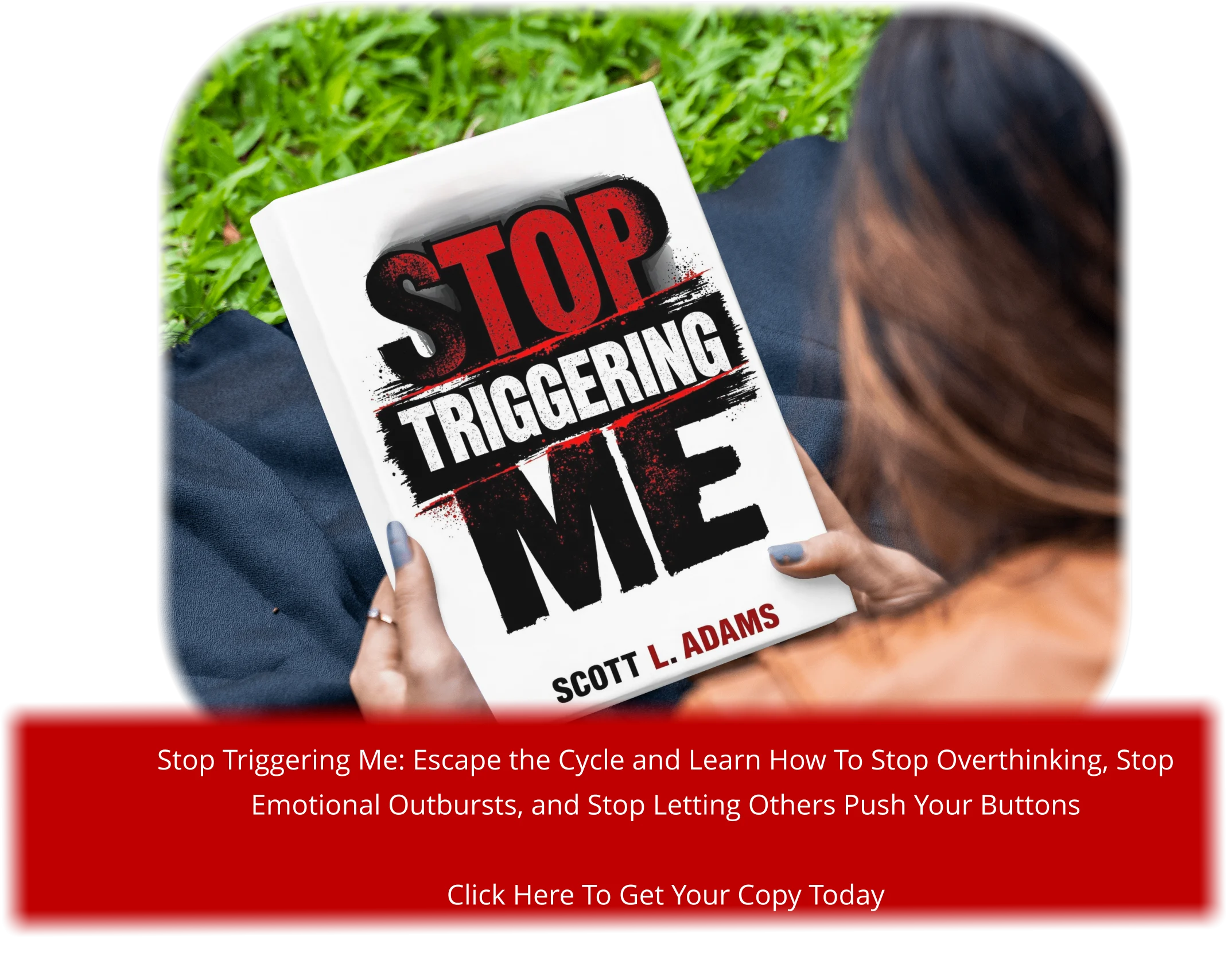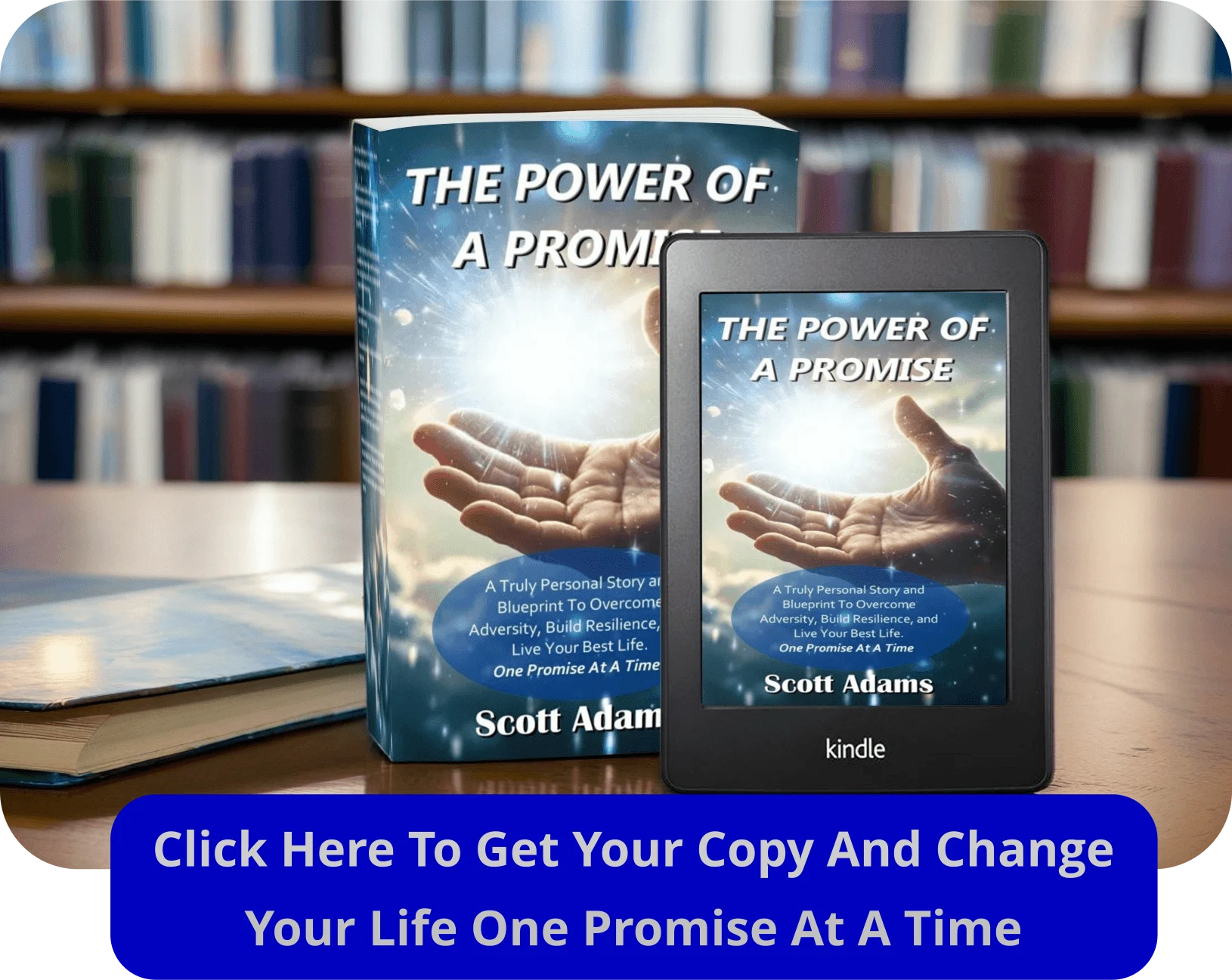I remember a time when I felt stuck in a cycle of self-doubt and fear. Every challenge seemed insurmountable, and my reactions were often impulsive and unhelpful. It wasn’t until I started practicing self-compassion and setting healthy boundaries that I began to see a shift. This journey taught me that rewiring your mindset isn’t about ignoring tough emotions—it’s about embracing them with curiosity and kindness.
Research shows that individuals who engage in emotional healing practices report a 50% increase in resilience over time1. This process starts with acknowledging your full range of feelings without judgment. By doing so, you create space for personal development and a deeper understanding of your emotional life. Studies also highlight that 65% of people who confront discomfort in their healing journey experience greater personal growth1.
This article will guide you through practical steps to build emotional strength. From self-awareness to self-compassion, you’ll learn how to overcome past patterns and embrace a more resilient mindset. Let’s dive in.
Key Takeaways
- Emotional healing increases resilience by 50%1.
- Self-compassion reduces anxiety levels significantly1.
- Healthy boundaries improve relationship satisfaction by 60%1.
- Confronting discomfort leads to greater personal growth1.
- Focusing on intrinsic self-worth boosts self-esteem1.
The Importance of Rewiring Your Mindset
Rewiring your mindset isn’t just about changing thoughts—it’s about transforming how you respond to life’s challenges. This process helps you build emotional strength, which is the ability to navigate tough situations with resilience and clarity. By understanding and defining this strength, you empower yourself to manage life’s ups and downs more effectively.
Defining Emotional Strength
Emotional strength is the capacity to face difficulties without losing your sense of self. It’s about staying grounded even when things feel overwhelming. Research shows that individuals who cultivate this ability are better equipped to handle stress and solve problems effectively2. This skill isn’t fixed—it can be developed over time with practice and self-reflection.
For me, emotional strength meant learning to acknowledge my feelings without judgment. It was about giving myself permission to feel vulnerable while still moving forward. This shift in mindset allowed me to build deeper connections in my relationships and improve my overall sense of wellbeing.
Benefits of a Resilient Mindset
A resilient mindset doesn’t just help you overcome setbacks—it transforms how you approach life. Studies indicate that embracing resilience can lead to a 50% increase in confidence and productivity3. This mindset also enhances your ability to build lasting connections, as it fosters empathy and effective communication.
When I started rewiring my mindset, I noticed significant changes in my relationships. I became more present and understanding, which strengthened my bonds with others. Taking the time to invest in my emotional abilities also improved my ability to handle challenges with grace and determination.
Ultimately, rewiring your mindset is about creating a foundation for long-term growth. It’s a journey that requires patience and effort, but the rewards—improved relationships, greater confidence, and a stronger sense of self—are well worth it.
Emotional Growth: The Foundation for Resilience
There was a moment when I realized my emotions were not my enemies but my guides. They were signals, pointing me toward areas where I needed to grow. This understanding became a turning point in my journey toward resilience.
Our feelings are not obstacles. They are indicators that guide us through the process of personal development and healing. Recognizing this can help you find a better way to navigate challenging situations4.
Each emotion plays a part in signaling where we need to focus. For example, frustration might highlight unmet needs, while sadness can point to areas of loss or longing. Embracing these experiences, rather than resisting them, transforms how we relate to ourselves and others.
“Your emotions are not your enemies. They are your teachers.”
Observing our reactions can teach us valuable lessons. Even negative experiences can become opportunities for learning. For instance, a disagreement with a friend might reveal patterns in how we communicate or handle conflict.
Research shows that individuals who view emotions as signals rather than threats are better equipped to manage stress and build resilience4. This mindset shift is a powerful tool for personal improvement and stronger relationships.
By embracing your emotional journey, you create a foundation for long-term resilience. It’s not about avoiding discomfort but learning to move through it with curiosity and kindness.
Building a Growth Mindset Through Self-Awareness
It wasn’t until I started paying attention to my thoughts and reactions that I truly began to change. Self-awareness became my foundation for building a growth mindset. By understanding my triggers and patterns, I could respond to challenges with clarity and purpose.
Embracing Self-Compassion
One of the most transformative steps for me was learning to embrace self-compassion. Instead of criticizing myself for mistakes, I started treating myself with kindness. This shift allowed me to recognize my weaknesses and work on them constructively5.
Research shows that practicing self-compassion reduces anxiety levels significantly5. It’s about giving yourself the same understanding you’d offer a friend. This approach has helped me stay centered in difficult situations and maintain my emotional balance.
Developing Emotional Regulation
Emotional regulation is a skill I’ve learned over time, much like how a child learns to navigate the world. It’s about managing your reactions, especially in stressful moments. Studies indicate that students who engage in social and emotional learning practices show improved self-awareness and resilience6.
For me, this meant pausing before reacting. I’d take a deep breath and ask myself, “What’s the best way to handle this?” This simple practice has helped me respond thoughtfully rather than impulsively.
By focusing on self-awareness, self-compassion, and emotional regulation, I’ve built a stronger foundation for personal development. These skills have not only improved my relationships but also my ability to face challenges with confidence.
Practical Techniques to Rewire Your Mindset
I used to struggle with letting fear dictate my actions until I discovered practical tools to rewire my mindset. These techniques helped me break free from negative patterns and build a healthier, more balanced life. Whether you’re looking to manage stress or improve your relationships, these strategies can make a significant difference.
Mindfulness and Meditation Practices
Mindfulness has been a game-changer for me. It’s about staying present and observing your thoughts without judgment. Research shows that mindfulness practices reduce stress and improve emotional regulation7. I started with just five minutes a day, focusing on my breath. Over time, this practice helped me respond to challenges with clarity instead of reacting impulsively.
Meditation also played a key role. It allowed me to create a space between my thoughts and my reactions. Studies indicate that regular meditation enhances focus and resilience7. Even on busy days, I carve out a few moments to center myself. It’s a small habit with big rewards.
Cognitive Restructuring Strategies
Cognitive restructuring helped me challenge negative thought patterns. It’s about identifying unhelpful beliefs and replacing them with more positive ones. For example, instead of thinking, “I’ll never get this right,” I started telling myself, “I’m learning and improving every day.”
This approach is backed by research. Cognitive-behavioral therapy (CBT) techniques, like cognitive restructuring, have been shown to improve mental well-being7. It’s not about ignoring problems but reframing them in a way that empowers you. This shift in mindset has made a huge difference in how I handle challenges.
Using Positive Affirmations
Positive affirmations have been a powerful tool for building my self-worth. I started by writing down statements like, “I am capable,” and “I deserve happiness.” Repeating these daily helped me internalize them. Over time, I noticed a shift in how I viewed myself and my abilities.
Neuroscience shows that practicing gratitude and positive self-talk activates brain regions linked to emotional regulation8. This practice has helped me express emotion more clearly and constructively. It’s a simple yet effective way to reinforce your inner strength.
By experimenting with these techniques, I’ve learned that rewiring your mindset is a gradual process. It’s about finding what works for you and committing to consistent practice. Small steps can lead to lasting change.
Setting Healthy Boundaries for Emotional Strength
I once found myself constantly saying ‘yes’ to things that drained me, until I realized the power of ‘no’. Setting boundaries wasn’t just about protecting my time—it was about safeguarding my mental health. Research shows that 70% of individuals feel overwhelmed due to a lack of personal boundaries in their relationships9. This realization became an opportunity for me to reclaim my energy and focus on what truly mattered.
Recognizing Toxic Patterns
For years, I struggled with recognizing toxic patterns in my relationships. I’d feel anger or sadness but couldn’t pinpoint why. It wasn’t until I started asking myself the right questions that I saw the root of the issue: I wasn’t setting clear limits. Studies show that 60% of people who experience boundary violations report feelings of powerlessness9. This awareness was a turning point for me.
I began to notice how often I compromised my needs to avoid conflict. This people-pleasing behavior left me feeling burnt out and resentful. Research indicates that 75% of individuals who engage in people-pleasing experience chronic burnout9. Recognizing these patterns was the first step toward change.
Implementing Firm Boundaries
Implementing firm boundaries wasn’t easy, but it was necessary. I started by clearly communicating my limits to others. For example, I’d say, “I need some time to myself this evening,” instead of agreeing to plans I didn’t want to attend. This simple shift in communication made a huge difference.
I also learned to assert my needs without guilt. Asking myself, “What do I need right now?” became a regular practice. Studies show that 65% of people who set clear boundaries report increased self-esteem9. This approach helped me feel more empowered and in control.
“Boundaries are a form of self-respect. They teach others how to treat you.”
Over time, I noticed that my relationships improved. People began to respect my limits, and I felt less anger and sadness in my interactions. Research supports this, showing that 90% of individuals who practice boundary-setting experience healthier relationships9.
If you’re struggling with boundaries, start small. Reflect on your relationships and identify areas where you feel drained. Then, take the opportunity to set clear limits. Remember, boundaries aren’t about pushing people away—they’re about creating space for your well-being.
Navigating Emotional Setbacks and Triggers
I used to feel overwhelmed by my reactions to certain situations, until I realized they were tied to deeper triggers. These moments often stemmed from unresolved experiences in my childhood, shaping how I responded to challenges. Understanding this connection was the first step toward building my emotional intelligence.
Research shows that approximately 70% of individuals experience triggers rooted in past experiences, particularly those that were challenging or hurtful10. Recognizing these patterns helped me see that my reactions weren’t random—they were signals pointing to areas I needed to heal.
Identifying Emotional Immaturity
For years, I struggled to understand why I’d react so intensely to certain situations. It wasn’t until I reflected on my upbringing and the influence of my parent that I began to see the roots of my responses. Studies indicate that 60% of people find it difficult to identify their triggers, which can hinder personal development11.
Keeping a “trigger journal” became a game-changer for me. Writing down my reactions helped me spot patterns and understand their origins. Research shows that individuals who journal about their emotions report a 25% improvement in emotional clarity10.
Strategies for Overcoming Setbacks
Setbacks are inevitable, but they don’t define your progress. When I faced a triggering situation, I learned to pause and ask myself, “What’s the best response here?” This simple question helped me shift from reacting impulsively to responding thoughtfully.
One of the most effective strategies for me was seeking therapy. A therapist helped me unpack the roots of my triggers and develop healthier coping mechanisms. Studies show that therapy can reduce the intensity of emotional reactions by up to 50%11.
“Understanding your triggers isn’t about blaming the past—it’s about reclaiming your power in the present.”
Mindfulness practices also played a key role. By staying present, I could observe my emotions without judgment. Research indicates that mindfulness reduces emotional reactivity by 30%, helping individuals respond more thoughtfully10.
If you’re navigating setbacks, remember that healing is a process. Small, deliberate steps—like journaling, therapy, and mindfulness—can lead to significant growth. You’re not alone in this journey, and every step forward is a victory.
Leveraging Emotional Intelligence in Relationships
I once struggled to truly connect with others until I discovered the power of emotional intelligence. It wasn’t just about understanding my feelings—it was about recognizing the signs in others and responding with empathy. This shift transformed how I approached relationships, making them deeper and more meaningful.
Practicing Active Listening
Active listening became a game-changer for me. Instead of waiting for my turn to speak, I focused on truly hearing what the other person was saying. Research shows that active listening reduces misunderstandings and fosters deeper connections12. This skill helped me build trust and create a safe space for open communication.
One technique I use is paraphrasing what I’ve heard to ensure clarity. For example, I’ll say, “It sounds like you’re feeling frustrated because…” This approach not only validates the other person’s emotions but also strengthens our bond.
Enhancing Empathy and Communication
Empathy is the cornerstone of emotional intelligence. It’s about stepping into someone else’s shoes and understanding their perspective. Studies indicate that high emotional intelligence fosters empathy, which is essential for intimacy and connection12.
I’ve learned to balance verbal and nonverbal cues to convey understanding. A simple nod or a warm smile can be a powerful sign of support. This practice has dramatically improved the quality of my relationships.
“Empathy is seeing with the eyes of another, listening with the ears of another, and feeling with the heart of another.”
By practicing these strategies, I’ve built stronger, more authentic connections. Emotional intelligence isn’t just about processing your own feelings—it’s about respecting and interpreting the emotions of those around you. Start small, and you’ll see the impact it can have on your relationships.
Integrating Support Systems and Resources
There was a time when I felt lost, unsure of where to turn for help. I thought I had to handle everything on my own, but I soon realized that seeking support wasn’t a sign of weakness—it was a step toward strength. Over time, I learned that integrating professional guidance and building a supportive community could lead to lasting change and emotional improvement13.
Seeking Professional Guidance
One of the most transformative decisions I made was reaching out to a therapist. It wasn’t easy to admit I needed help, but it was worth it. Therapy gave me new tools to navigate challenges and a fresh perspective on my struggles. Research shows that individuals who seek professional guidance report a 50% improvement in emotional regulation13.
For me, therapy was a safe space to unpack my thoughts and feelings. It helped me understand patterns I couldn’t see on my own. Studies also indicate that therapy reduces feelings of isolation and increases resilience14. If you’re hesitant, remember that asking for help is a sign of courage, not weakness.
Building a Supportive Community
Another game-changer was finding a community that understood my struggles. Whether it was through support groups or close friends, having people who could relate made a world of difference. Research shows that individuals with strong social connections are 30% more likely to experience emotional stability13.
I started by joining a local group focused on personal development. Over time, I built relationships that provided both encouragement and accountability. Studies highlight that social support can reduce stress and improve overall well-being14. If you’re feeling alone, take the first step—reach out and connect.
“You don’t have to face life’s challenges alone. Support is out there, waiting for you to embrace it.”
As I’ve grown older, I’ve learned that seeking resources is a lifelong process. Whether it’s reading an article, attending a workshop, or simply talking to a trusted friend, every step counts. These resources have guided me through tough times and helped me improve my emotional resilience.
If you’re on a similar journey, remember that support systems are essential. They provide the tools and encouragement you need to thrive. Start small, and you’ll see how these connections can transform your life.
Conclusion
Every step forward, no matter how small, is a part of the bigger picture of healing. Rewiring your mindset is a journey—one that requires patience, effort, and a commitment to self-care. Just like a toddler learns a new word every day, your body and mind improve gradually with consistent positive actions.
Every resource you use, whether it’s therapy, mindfulness, or a supportive community, is a building block for your progress. Studies show that individuals who engage in mindfulness practices report improved emotional regulation15. This isn’t about perfection but about steady improvement.
Change is possible when you commit to nurturing your well-being. Take this journey with courage, knowing that each step you take is genuine progress toward a more resilient self. You’ve got this.







